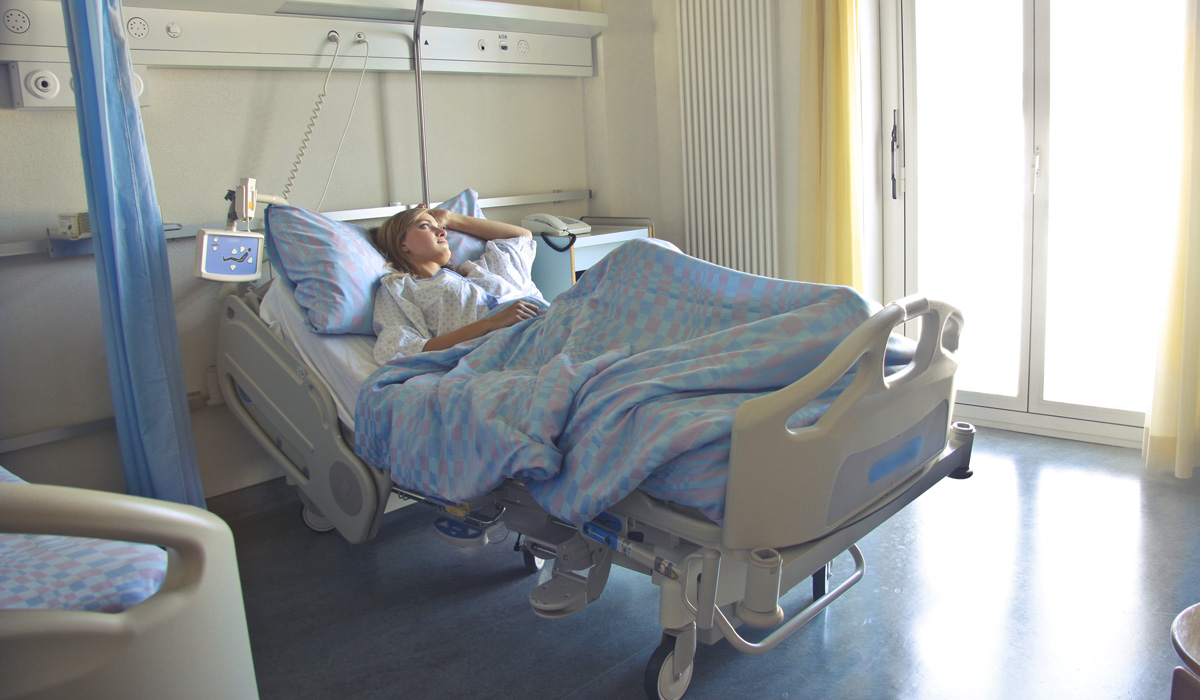The first version of the modern hospital bed was introduced in 1874. It sported a built-in mattress pad that could be elevated, and medical teams widely welcomed this advancement. In 1909, the surgical department at Indiana University invented a hospital bed that could be segmented into three separate, adjustable sections.
Since then, hospital beds have improved steadily, evolving into the sophisticated healthcare equipment we’re familiar with today. One of the significant advancements in hospital bed technology was the invention of powder coating, which offers multiple advantages in hospital bed design and is transforming the healthcare industry.
1. Lower Contamination Risks
Hospital bed frames are one of the most active bacteria-transmission surfaces in existence. The addition of antimicrobial substances during the powder coating process helps to:
- discourage bacterial adherence and reproduction, and
- reduce the risks of infection.
Additionally, rust and corrosion can be a risk to patient and staff safety, especially when combined with the possibility of broken skin and contaminated surfaces.
Powder coating hospital beds gives healthcare facilities an extra line of defense against harmful pathogens that can accumulate on equipment that comes into contact with patients.
2. Easier to Clean
Powder-coated hospital beds are easier to clean than uncoated metal bed frames because the surface repels chemicals, moisture, and other elements that can adhere to bare metal. While the finish is exceptionally durable, harsh chemicals are not advised for cleaning powder-coated hospital beds because they can reduce the lifespan.
Fortunately, simple soap and water can be a highly effective cleaning product, and surfaces that need extra cleaning can be pressure washed without causing damage.
3. Longer Lifespan
Given the high cost of medical-grade hospital bed frames, which sell for between $4,500 for a standard model and $40,000 for a specialty or ICU bed, preserving the condition is critical. Most unprotected metal surfaces are prone to rust and corrosion over time. The longevity delivered by powder coating is very beneficial for protecting the equipment and reducing costs associated with replacement and repair.
Powder coating is much thicker and more resistant than liquid paint, so it’s less likely to crack or chip with use. This gives powder-coated hospital beds a longer lifespan and further reduces the risk of injuries and infection.
4. More Cost-Effective
Hospitals spend an average of 11.2% of their budgets on medical supplies and equipment, according to Statista. With health spending in the U.S. having reached $4.3 trillion in 2021, the medical system is under pressure to reduce costs wherever possible. Buying powder-coated metal bedframes not only improves the aesthetics but also extends the lifespan of the equipment, reduces the risk of infections and costly treatments, and minimizes the time and money spent on cleaning and maintenance.
Increased Demand
As more hospital administrators realize the benefits of powder-coated hospital bed frames, demand for this type of finish has increased. Medical equipment manufacturers must comply with the market’s requirements by increasing their production of powder-coated frames available to the industry.
At Midwest Rubber Company, our team is well-versed in powder coating technology, performed either by a fluidized bed dip or electrostatic spraying. Discover how this finishing method can improve the durability, practicality, and professional finish of bed frames manufactured for medical use.
For more information on powder coating hospital beds, please contact us at 810.376.2085.



